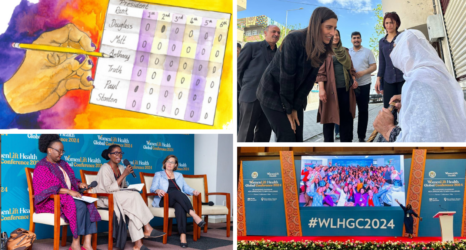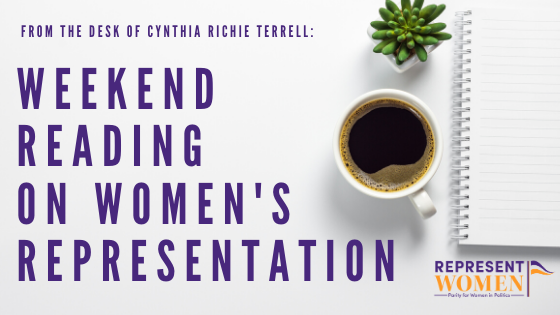
Weekend Reading on Women’s Representation is a compilation of stories about women’s representation in politics, on boards, in sports and entertainment, in judicial offices and in the private sector in the U.S. and around the world—with a little gardening and goodwill mixed in for refreshment!
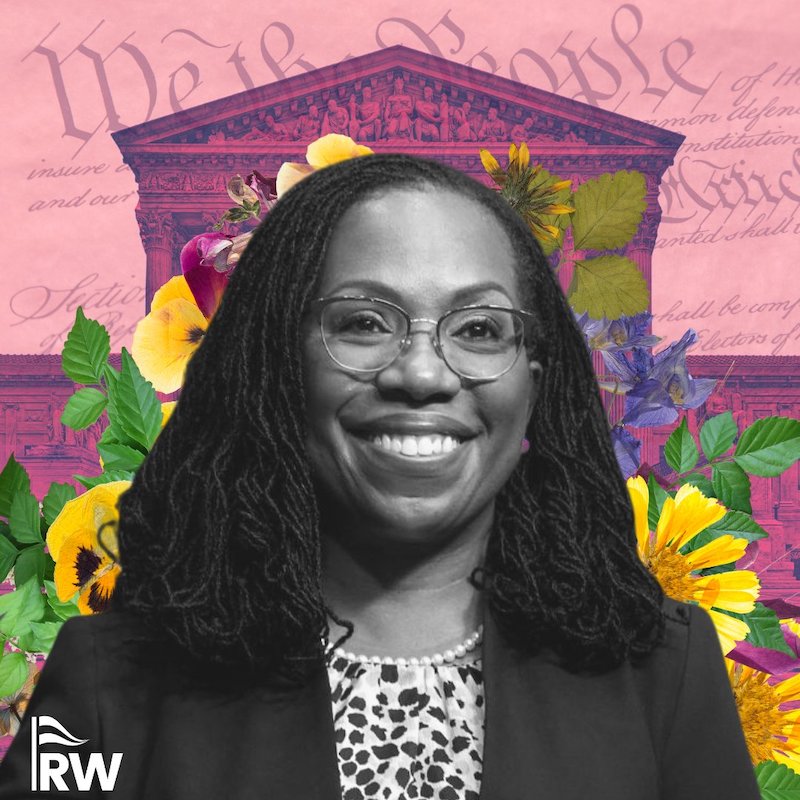
Judge Ketanji Brown Jackson has been confirmed to fill the vacant seat on the Supreme Court when Justice Breyer retires at the end of this term. It bears repeating that Judge Jackson will be the first Black woman to serve on the Supreme Court. Of the 115 people to have served, just five have been women. And while the hearings were at times contentious, three Republican senators—all of whom happen to be from states that use ranked choice voting—voted to confirm Judge Jackson. Here is a snippet from The New York Times coverage of this historic event:
The Senate on Thursday confirmed Judge Ketanji Brown Jackson to the Supreme Court, making her the first Black woman to be elevated to the pinnacle of the judicial branch in what her supporters hailed as a needed step toward bringing new diversity and life experience to the court.
Overcoming a concerted effort by conservative Republicans to derail her nomination, Judge Jackson was confirmed on a 53-to-47 vote, with three Republicans joining all 50 members of the Democratic caucus in backing her. The vote was a rejection of Republican attempts to paint her as a liberal extremist who has coddled criminals. Dismissing those portrayals as distorted and offensive, Judge Jackson’s backers saw the confirmation as an uplifting occasion, one where a representative of a group often pushed into the background instead moved to the forefront.
The vote put her in line to replace Justice Stephen G. Breyer when he retires at the end of the court’s session this summer.
“Even in the darkest times, there are bright lights,” Senator Chuck Schumer of New York, the majority leader, said on the Senate floor. “Today is one of the brightest lights. Let us hope it’s a metaphor, an indication of many bright lights to come.”
He added, “How many millions of kids in generations past could have benefited from such a role model?” At the Capitol, the galleries to witness the historic vote, closed for much of the pandemic, were full of supporters. The chamber erupted in cheers, with senators, staff and visitors all jumping up for a lengthy standing ovation, after the vote was announced.
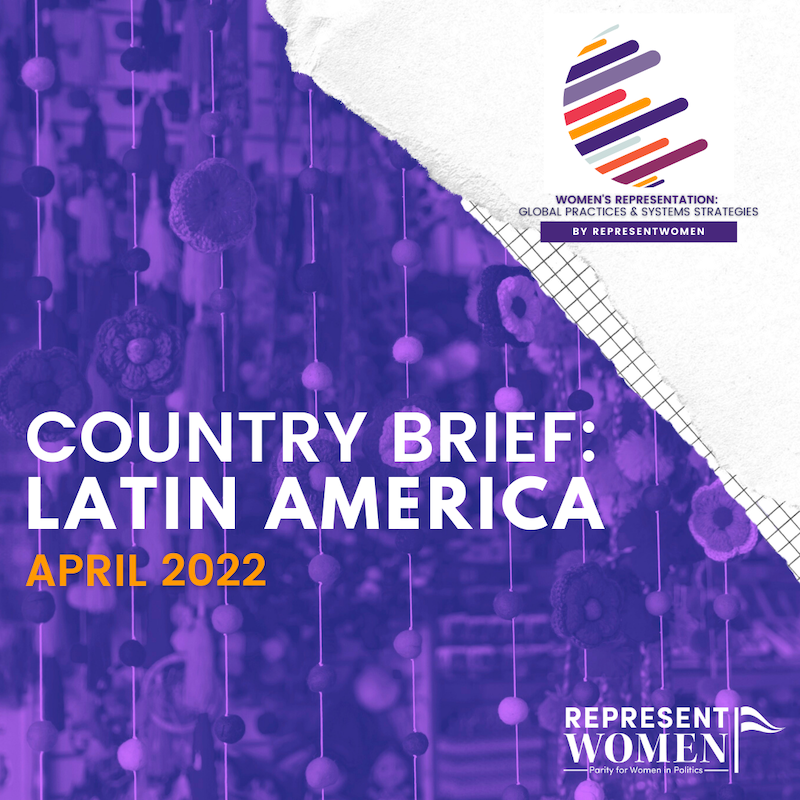
RepresentWomen released its report on women’s representation in Latin America this week which is chock full of statistics on the gender quotas and proportional voting systems that explain why so many countries in Latin America are at, or nearing, gender parity:
Gender quotas have uniquely defined Latin American politics since their conception. In 1991, Argentina became the first country in the world to adopt legislative gender quotas and soon after, other countries in Latin America and around the world began to do the same. Of the five countries in the world that have achieved gender parity in their legislatures, three are in Latin America. Whether due to the fact that they were among the first to embrace gender quotas or because of other underlying factors, it is clear that the region has many success stories when it comes to women’s representation.
Yet, that is not to say that every country in this region is succeeding at achieving gender-balanced governance. There is great diversity in performance on women’s representation in Latin America, which hints that gender quotas, though helpful, may not be the only solution needed to achieve gender parity. This brief analyzes trends in Latin America, defined by 19 countries located in Central and South America, to 1) determine what factors support or hinder a country’s journey to gender parity and 2) guide the United States in its own journey to achieve parity.
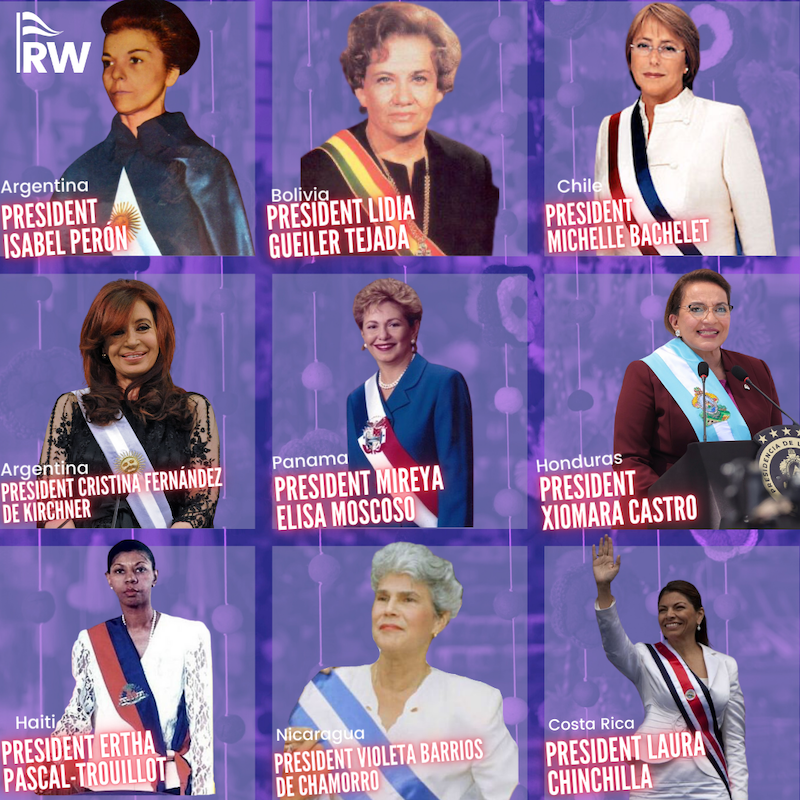
Three countries in Latin America have achieved gender parity in their national legislatures: Cuba, Nicaragua, and Mexico. When discussing countries in Latin America, it is important to note that ten of 19 countries have a unicameral legislature, meaning that they only have one legislative body, while the other nine countries have a bicameral legislature, or a lower and upper house. Women’s representation averaged at 32% in lower and unicameral houses, and 30% in upper houses.
According to the Inter-Parliamentary Union’s January 2022 rankings for women in national legislatures, Cuba, Nicaragua, and Mexico ranked 2nd, 3rd, and 4th in the world. Yet, these rankings are not necessarily indicative of women’s empowerment, as Freedom House has labeled Mexico as a “partly” free democracy and Cuba and Nicaragua as “not free” democracies. When assessing degrees of democracy across all Latin American countries, Freedom House labeled 7 as free, 9 as partly free, and 3 as not free.
There are a variety of electoral systems employed in countries throughout Latin America; 7 countries use closed-list proportional representation (PR), 3 countries use open-list PR, Cuba uses absolute majority, and the other 9 countries use a mixed electoral system that combines two or more systems. While “mixed” systems usually refer to systems where one form of PR is mixed with a plurality vote in single-member districts, countries like Brazil deviate from this and combine PR for lower house elections with multi-member districts for upper house elections.
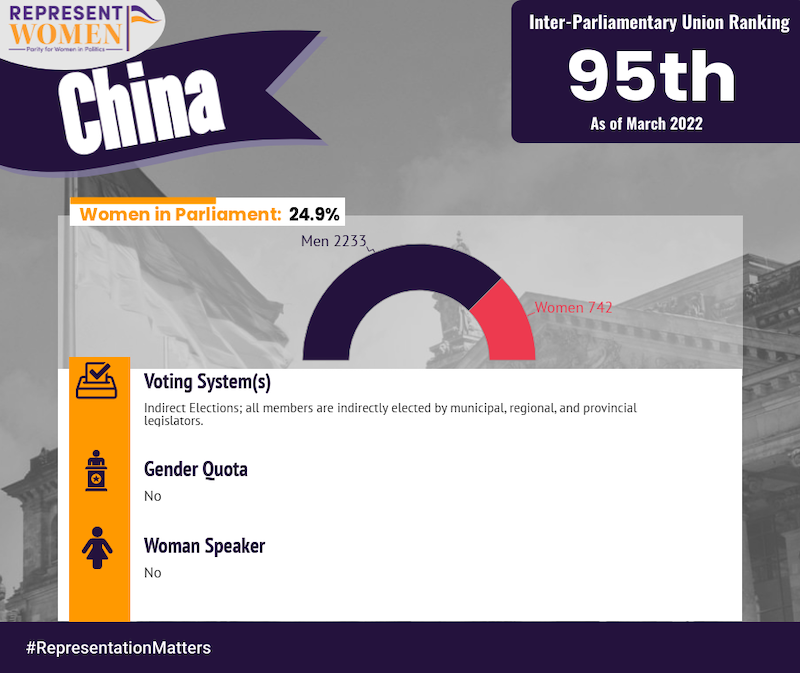
There hasn’t been much coverage of women’s representation in China but there was an interesting article this week that explores the barriers women face:
Women have limited representation and voice across the top echelons of China’s political system, said US-China Economic and Security Review Commission in a report. According to United Nations data from 2021, China’s population comprises approximately 703.8 million females and 740.4 million males. Although they represent roughly 48.7 per cent of the population, women occupy less than 8 per cent of senior leadership positions.
The US review commission report said the absence of diversity is noteworthy given the Chinese Communist Party (CCP) leadership’s stated commitment to equal opportunity. The absence of women in Party leadership parallels low female representation within the group of Chinese nationals holding leadership positions in international organizations. Of the 31 Chinese nationals serving in top leadership positions in key international organizations, only 4 are women, according to the report.
Women make up almost half of China’s 1.4 billion population. Of the approximately 92 million CCP members, there are about 28 million women or roughly 30 per cent of the CCP’s total. Further, the report said women have limited representation and voice across the top echelons of China’s political system. Historically, female representatives have rarely constituted more than 10 per cent of the roughly 300-member CCP Central Committee. Only six women have ever served in the 25-member Politburo, and three of those were wives of other top leaders.
According to the review commission, no woman has ever served on the Politburo Standing Committee or held any of the top three positions in China’s political system: CCP General Secretary, Chairman of the Central Military Commission (CMC), and State President. Female representation in key government roles such as ministries and provincial governorships is also extremely low.
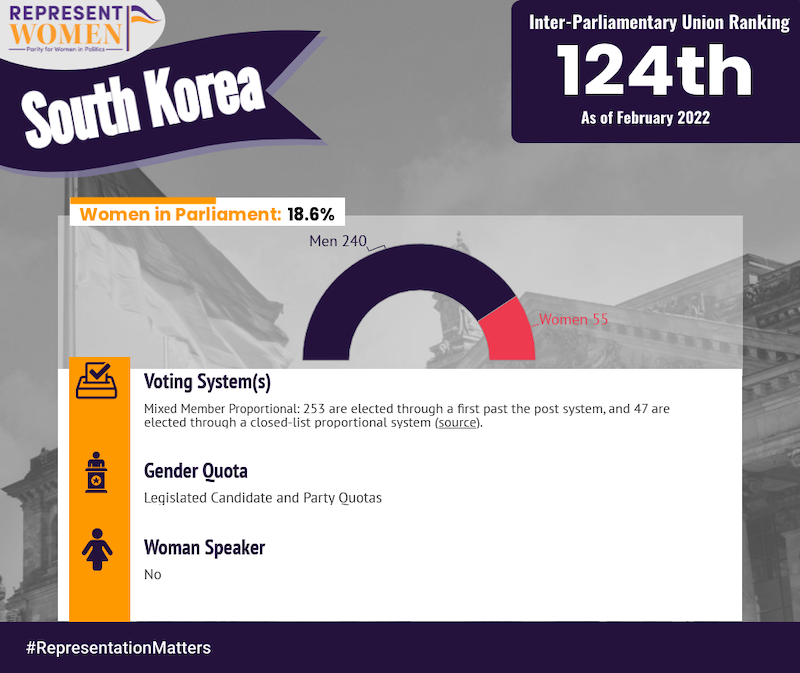
According to Human Rights Watch over 100 leading civil sector leaders have signed a letter objecting to the president-elect of South Korea’s threat to shutter the Ministry of Gender Equality and Family:
We, 116 global civil society organizations, call on Yoon Suk-yeol, the president-elect of the Republic of Korea, to withdraw his pledge to abolish the Ministry of Gender Equality and Family.
Yoon Suk-yeol, the candidate of the People Power Party (PPP), won the presidential election on March 9 in South Korea. During the campaign, Yoon and the PPP actively stirred up and capitalized on the anti-feminist backlash, instead of proposing reasonable policy solutions to current critical issues, including deepening economic inequalities after the Covid-19 outbreak and gender-based discrimination and violence entrenched in society. In particular, Yoon made abolishing the Ministry of Gender Equality and Family a central pledge of his campaign, saying that there is no systemic gender discrimination in South Korea. Now discussions are underway regarding the governmental reorganization in the presidential transition committee, but he has not yet withdrawn his promise to abolish the Ministry. We, the global civil society organizations, are strongly concerned about his position.
While women’s long struggles have brought achievements on gender equality and women’s rights, we are now facing global crises, such as widening inequalities, climate injustice, the Covid-19 pandemic, and the growing trends of regression in women’s rights. The South Korean government, as the chair of the Asia-Pacific Group of the UN Commission on the Status of Women and a member of the UN Human Rights Council, is currently playing a leading role in gender equality and women’s rights at a global level. The idea of abolishing the Ministry is a serious regression on women’s rights, which will have a detrimental impact not only on South Korea, but also on the Asia-Pacific region and the international community.
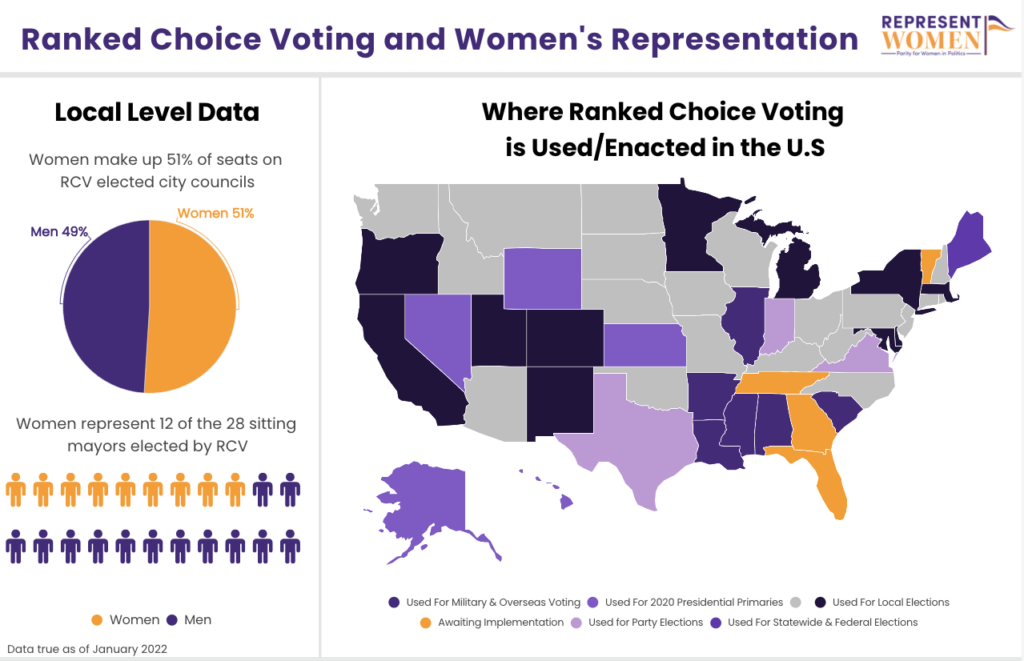
The death of Representative Don Young in March has created an open seat in Alaska for the first time in almost 50 years. More than 50 candidates have filed to run to fill the seat including Sarah Palin whose chances could be limited by the newly-adopted ranked-choice voting system used in the state, as Amber Phillips writes for The Washington Post:
In 2020, Alaskans approved combining two new ways to vote, making a major change that democracy-reform advocates celebrated as a way to give more-moderate candidates a chance to win.
First, instead of a Republican primary and Democratic primary, candidates will run in an all-party primary. The top four vote-getters go to the general election, regardless of party.
Second, in the general election, Alaskans will rank their first four choices. (There is also a fifth space for write-in candidates.) If no candidate gets a majority of the vote, the last place candidate is eliminated, and that person’s votes are distributed to whoever that candidate’s supporters ranked as their second choice. And on it goes until one candidate is a winner.
This is called ranked-choice voting, and some democracy-reform experts hope it can take some of the extreme partisanship out of politics. (One of the biggest knocks against the method, though, is that it is confusing.)
Maine was first to adopt ranked-choice voting statewide. It has expanded to more than a dozen cities around the country, including in New York City for the mayoral race. Proponents say it rewards candidates who cultivate a diverse group of voters: When ranked-choice voting was launched in Maine, for example, several 2018 gubernatorial candidates courted their opponents’ supporters, asking to be ranked as their second choice.
“Ranked-choice voting is great at finding the majority-preferred winner,” Deb Otis, a researcher at the nonpartisan group FairVote, which advocates for ranked-choice voting, told The Washington Post’s Harry Stevens last year.
In Alaska, that could weaken farther-right candidates such as Palin, who presumably has a devoted but narrow base. And it could strengthen more-moderate candidates, such as Murkowski, who has had appeal with independent and some Democratic voters.
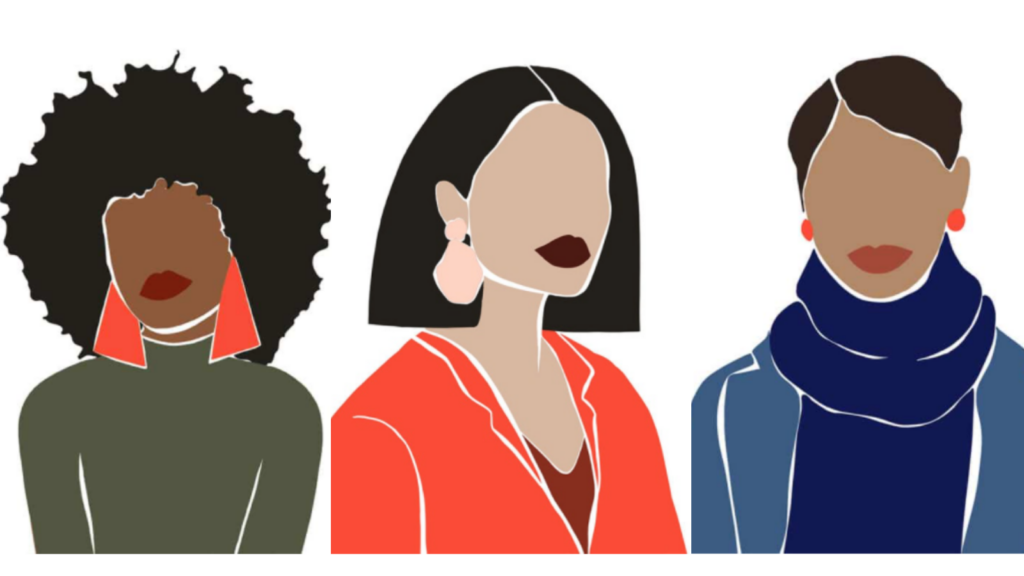
The 2018 law that more than doubled the number of women on boards in California has been struck down, according to this article from The New York Times:
California has led the country in pushing companies to diversify their top ranks, starting with a 2018 law that required corporate boards have at least one woman. Companies that do not comply face fines.
Since the 2018 law was passed, the number of women on boards more than doubled, according to a report from California Partners Project, a nonprofit focused on gender equity that was founded in part by Governor Newsom’s wife, Jennifer Siebel Newsom. Last year, more than half of new board appointees were women, the group said.
In a statement, California Partners Project called the decision “disappointing but not determinative.” The group pointed to studies showing business outcomes were better “when all of our rich talent is represented in positions of leadership” and noted that investors motivated by these outcomes would continue to pressure companies to have diverse boards.
The Securities and Exchange Commission has approved a rule by Nasdaq, set to go in effect this year, that will require companies listed on its exchange to disclose the ethnic and gender makeup of their boards and have at least two “diverse” members or explain why they do not. Other states, including Maryland and New York, have required companies to disclose board diversity statistics, but none have enacted mandatory quotas.
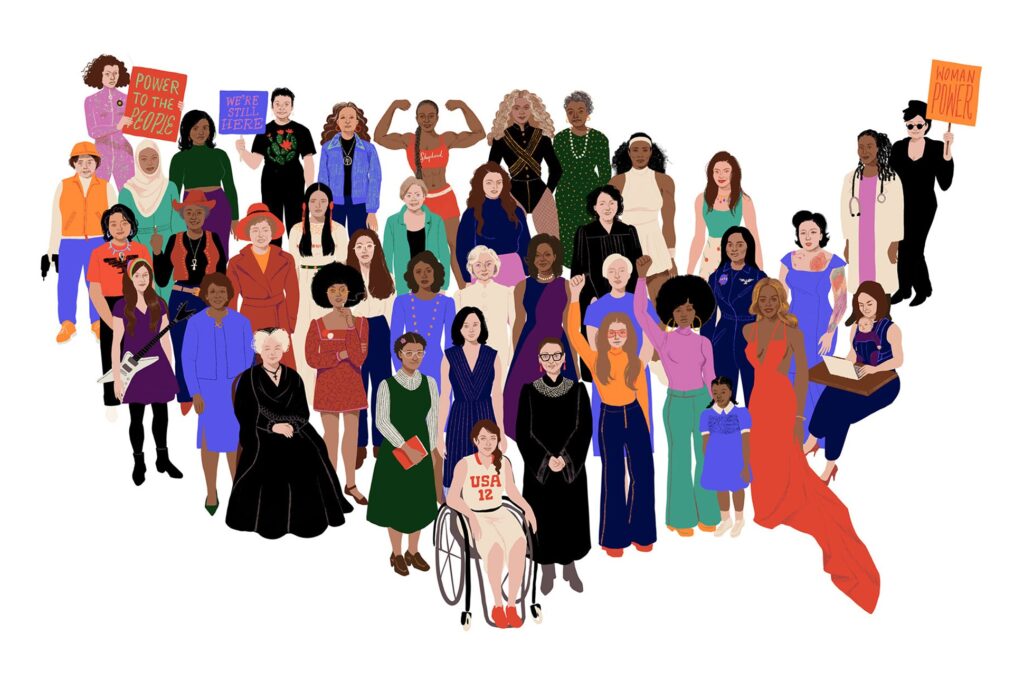
My sister in law Marina Richie reminded me that it’s National Poetry Month in April and she shared with me a link to this piece from the Poetry Foundation on Poetry and Feminism—which leads off with one of my grandmother’s favorite poets, Elizabeth Barrett Browning:
In 1856, Elizabeth Barrett Browning published Aurora Leigh, a “novel in verse” that follows the title character, an aspiring poet, through several pot-boiling twists. In one revealing passage, Aurora’s cousin and would-be suitor, Romney Leigh, summarizes his attitude toward her and women writers of that era:
Therefore, this same world
Uncomprehended by you must remain
Uninfluenced by you. Women as you are,
Mere women, personal and passionate,
You give us doting mothers, and chaste wives.
Sublime Madonnas, and enduring saints!
We get no Christ from you,—and verily
We shall not get a poet, in my mind.
As starkly sexist as the above passage might seem to contemporary readers, the idea that women and female experience were incompatible with poetry continued to hold sway for the next 100 years, until second-wave feminism of the 1960s and 1970s brought a political and cultural watershed. Women fought for equal treatment and civil rights; meanwhile, women poets created structures to support one another while profoundly changing poetry itself.
To accompany the podcast mini-series A Change of World, which examines the intersections of second-wave feminism and poetry, the Poetry Foundation gathered a selection of poems by women poets from the past five centuries. Though by no means comprehensive, these poems roughly track how women poets turned, twisted, and blasted open poetry’s forms, subjects, and institutions to make room for their experiences and their voices.
To contextualize these pieces, we listed the poems in order of date of publication. Though the notion of feminism occurring in “waves” is somewhat problematic, we used it as an organizing tool to demonstrate the longer history of English poetry’s relationship to questions raised by feminism.
The poems collected here range from considerations of female sexuality, authorship, motherhood, and gender to formal experiments, such as Barrett Browning’s, in the epic, the essay, received forms, and political speech. Many have appeared in influential anthologies, including No More Masks!, Lesbian Poetry, This Bridge Called My Back, Gay and Lesbian Poetry in Our Time, and Amazon Poetry. To suggest further additions, please contact us.
Check out this week suggested reading from the team at RepresentWomen:


My mother collected these narcissus as a child in Switzerland and filled her arms to the brim with the fragrant flowers—I love to see them blooming in my garden!
That’s all for this week,
Cynthia
Up next:





